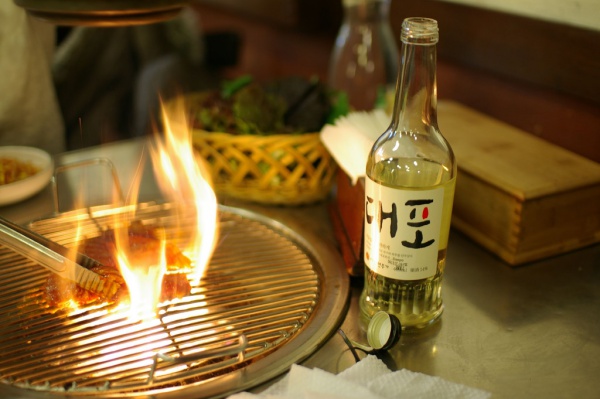Facts About Korean alcoholic drinks
Korean cuisine is renowned for its diverse array of traditional alcoholic beverages, collectively known as "sul." These drinks typically have names ending in "-ju" (from Sino-Korean) or "-sul" (native Korean). With over 1,000 varieties, many of these beverages are rice-based and fermented using yeast and nuruk (a fermentation starter). They often incorporate natural ingredients such as fruits, flowers, and herbs, resulting in a delightful array of six distinct flavors: sweet, sour, pungent, roasted, bitter, and spicy. A well-balanced flavor profile is the hallmark of a high-quality drink.
There are several main categories of traditional Korean alcoholic beverages:
1. Clear Rice Wines (Cheongju): These refined rice wines are known for their clarity and smooth taste.
2. Milky Rice Wine (Makgeolli): One of the most popular Korean alcoholic drinks, Makgeolli is characterized by its milky appearance and sweet, tangy flavor.
3. Distilled Liquor (Soju): The most renowned Korean spirit, soju is clear and slightly sweet, making it a versatile complement to various Korean dishes.
4. Fruit Wines (Gwasil-ju): These wines are made from an array of fruits, offering a spectrum of flavors.
5. Flower Wines: Crafted with flowers, these wines add a floral note to the drinking experience.
6. Medicinal Wines: These are made by infusing seeds, herbs, and roots with alcohol and are believed to have health benefits.
Soju stands out as the most popular Korean liquor. Its clear, distilled nature and slightly sweet taste make it a staple in Korean dining. Other distilled liquors include honju and hongju. Additionally, fruit wines like podoju and traditional Korean beers (maekju) contribute to the rich tapestry of Korean alcoholic beverages.
Korean alcoholic drinks are deeply rooted in tradition and culture. The unique brewing methods, special ingredients, and regional variations all enrich the vibrant world of Korean sul. Whether you're enjoying a glass of Makgeolli or a shot of Soju, these beverages offer a taste of Korea's rich culinary heritage.

 North Korea
North Korea